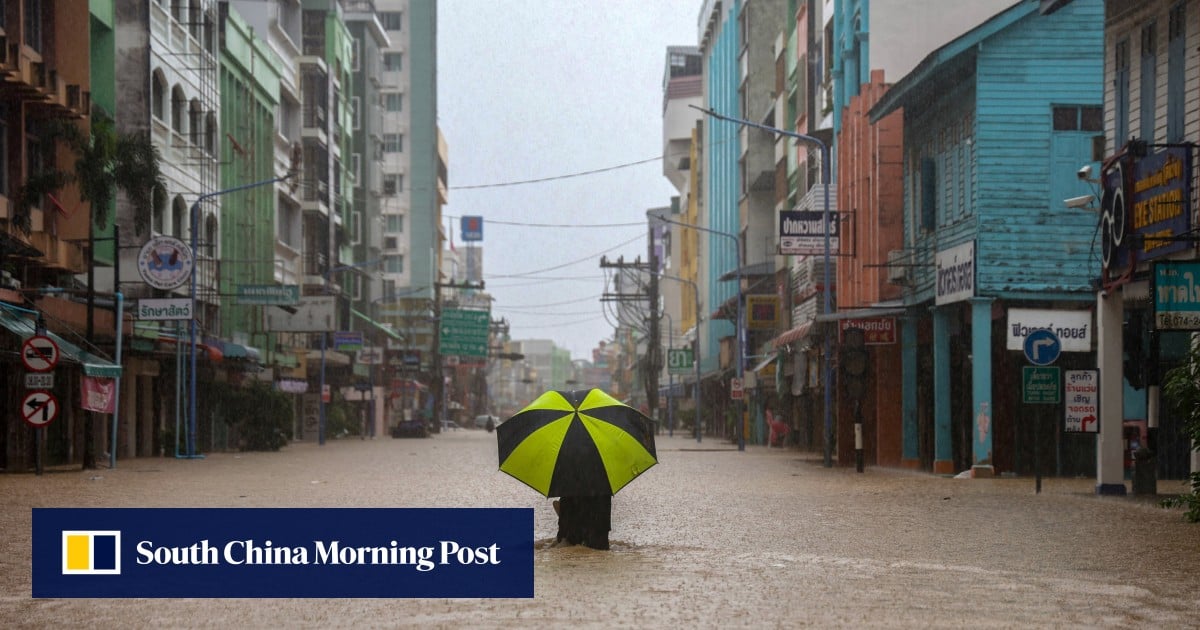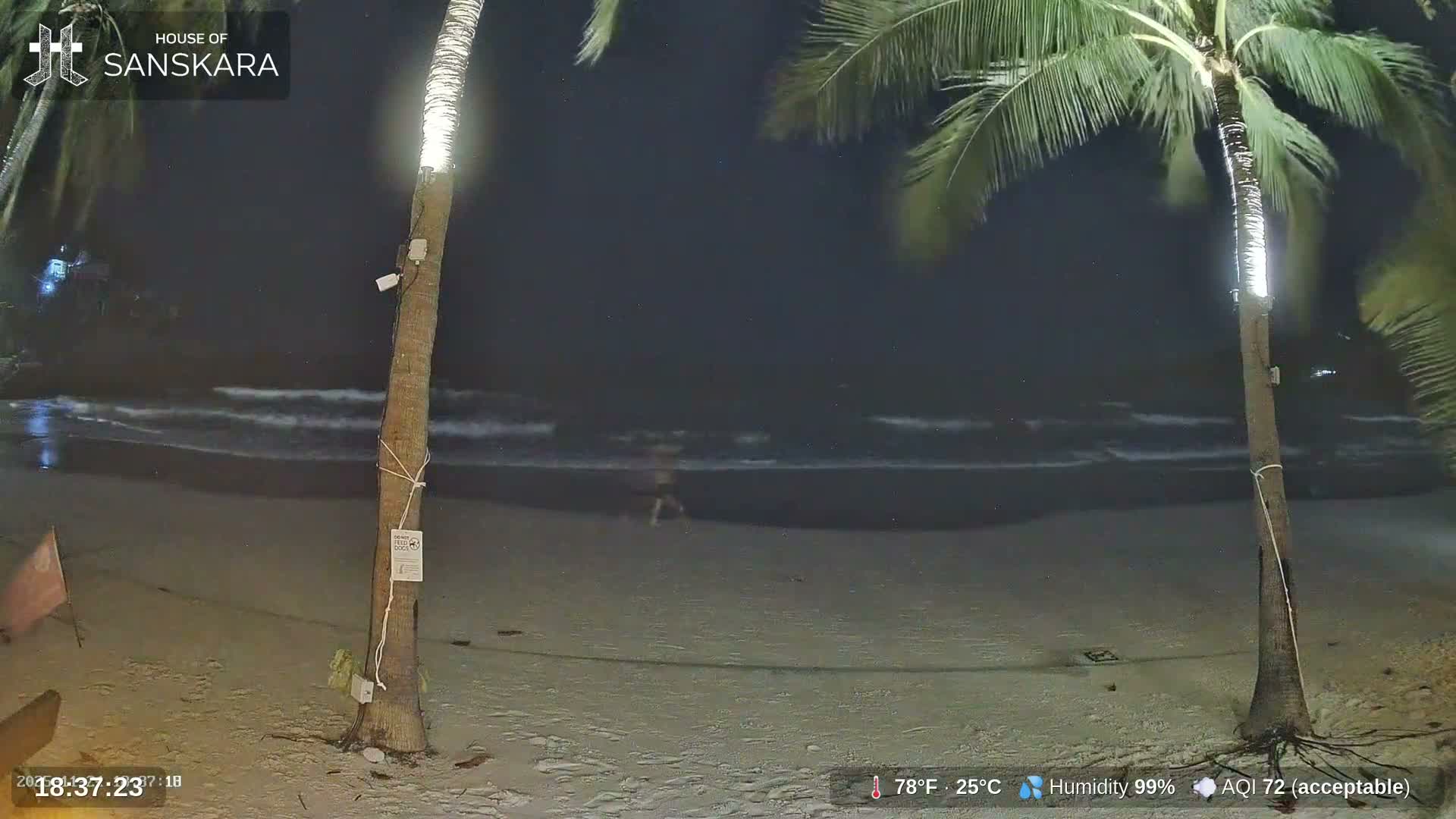Southeast Asia Grapples with Unprecedented Flood Crisis
Southeast Asia is currently experiencing a severe flood crisis, as a late-season monsoon surge—intensified by the natural phenomenon of La Niña and long-term climate change—unleashes devastating impacts across Thailand and Vietnam. The crisis has resulted in the displacement of hundreds of thousands of people and tragically claimed numerous lives. Meanwhile, Malaysia is now bracing itself for an impending deluge as this potent weather system continues its southward trajectory.
Fragile Systems Overwhelmed
The sheer magnitude of the current inundation has starkly highlighted critical vulnerabilities within existing flood-management infrastructure across the region. Towns and cities spanning from southern Thailand to Vietnam's central coast are struggling immensely to cope with the relentless water. Specifically in Thailand, extensive areas of the central and southern provinces find themselves submerged after days of incessant rainfall caused riverbanks to burst and necessitated controlled water releases from dangerously overflowing dams.
Hat Yai Declared Disaster Zone Amid Mounting Anger
Hat Yai, a significant urban center in Thailand’s southern province of Songkhla, has been officially designated a disaster zone. Officials have issued grave warnings, indicating that the floodwaters have yet to reach their peak. The city has endured several harrowing days, marked by the evacuation of tens of thousands of residents from their homes, widespread power outages due to submerged electricity poles, and the complete severance of vital road and rail links. Relatives are expressing growing despair, unable to establish contact with loved ones who remain stranded without electricity or access to fresh food for several days.
Choom, an Airbnb owner residing in Hat Yai, vividly described the situation as "the worst we have ever experienced," noting a disturbing pattern of "flood after flood." While acknowledging the undeniable role of climate change in exacerbating these events, Choom also articulated a mounting frustration regarding perceived shortcomings in systematic flood management. This sentiment echoes a broader anger among affected communities who are forced to confront the annual scourge of flooding, underscoring the urgent need for more robust infrastructure and effective climate adaptation strategies to safeguard vulnerable populations against increasingly unpredictable weather patterns.




